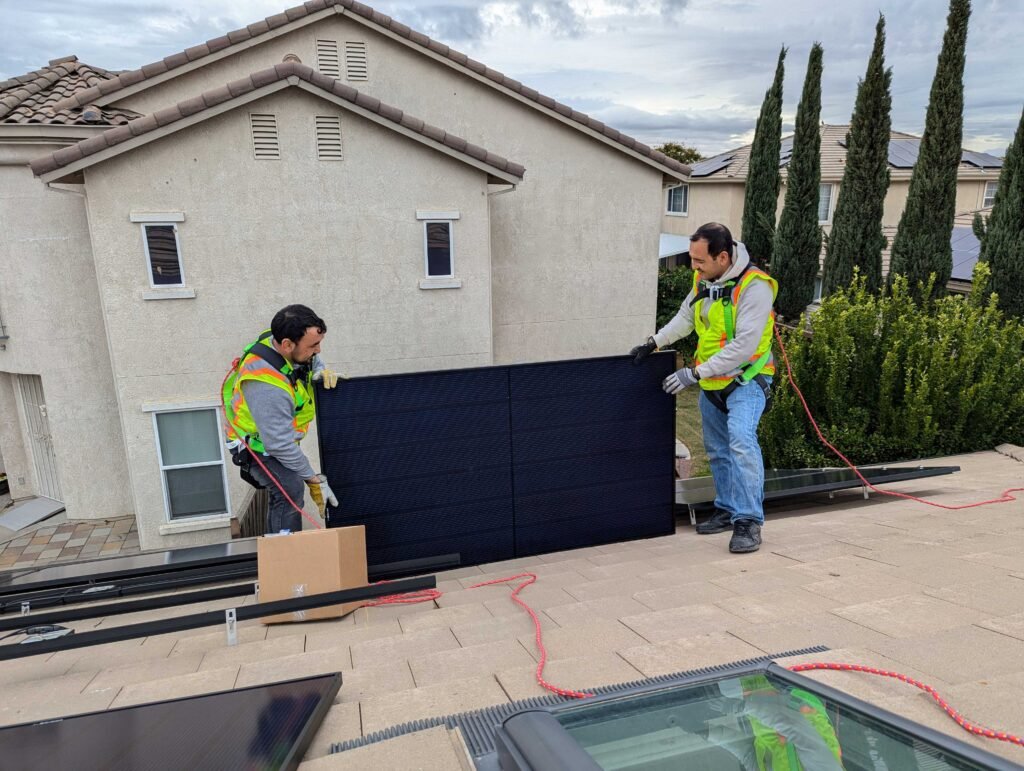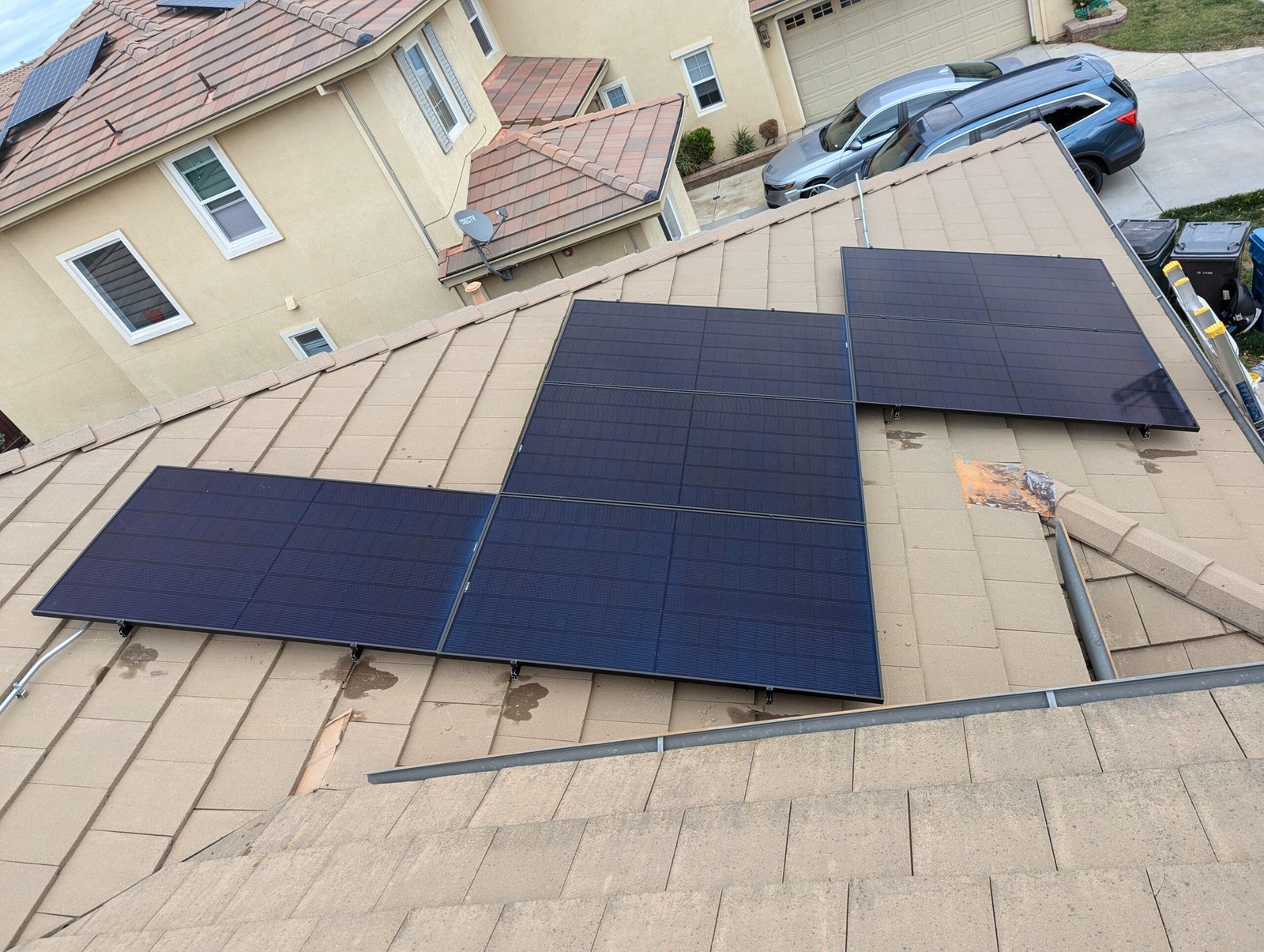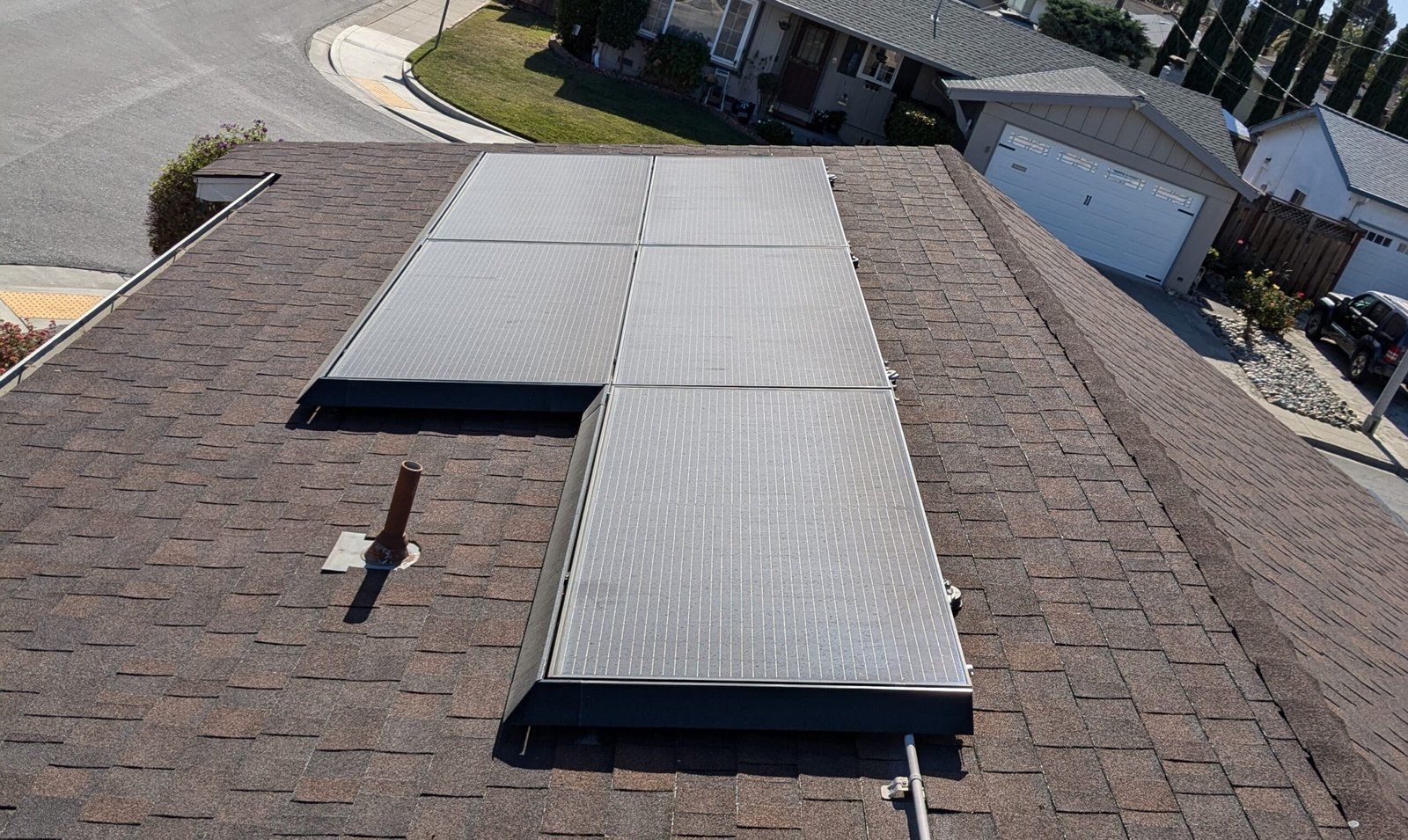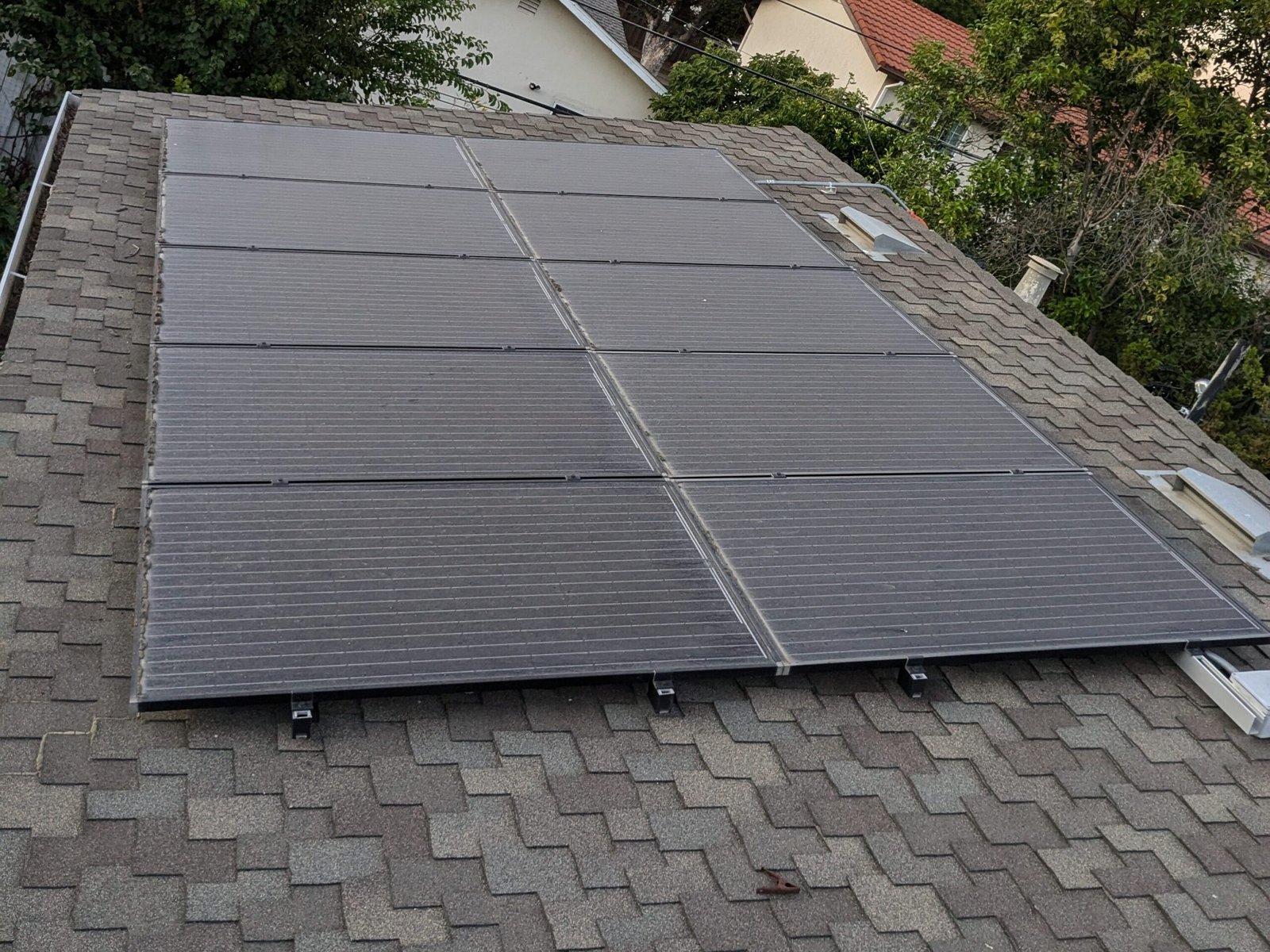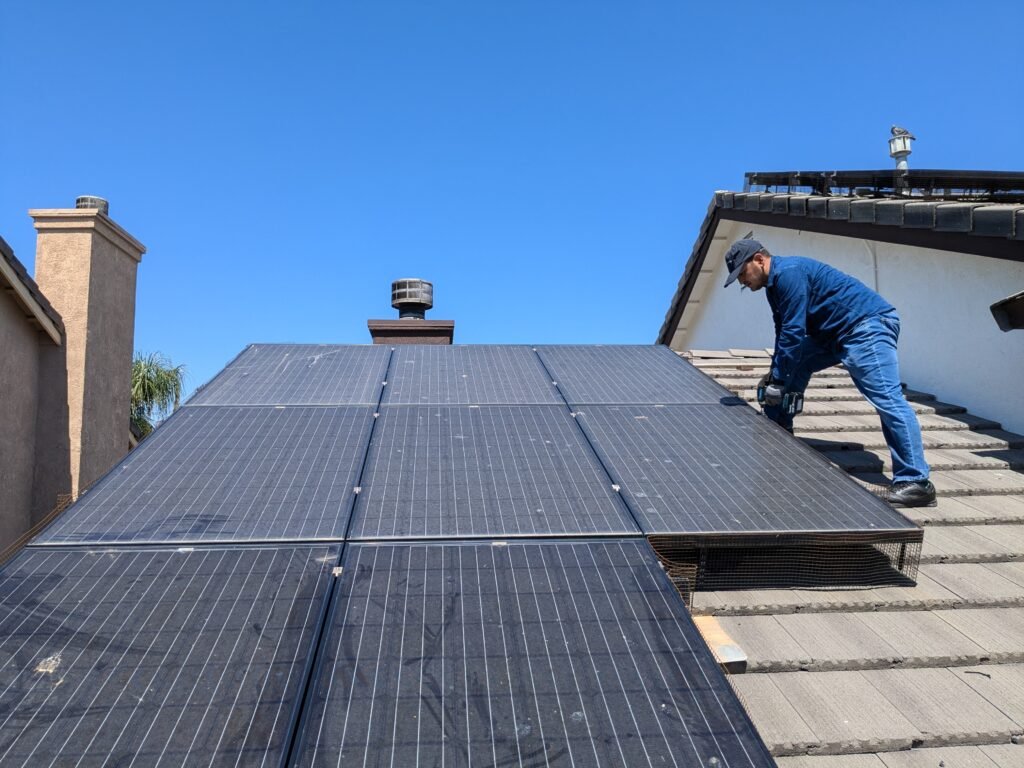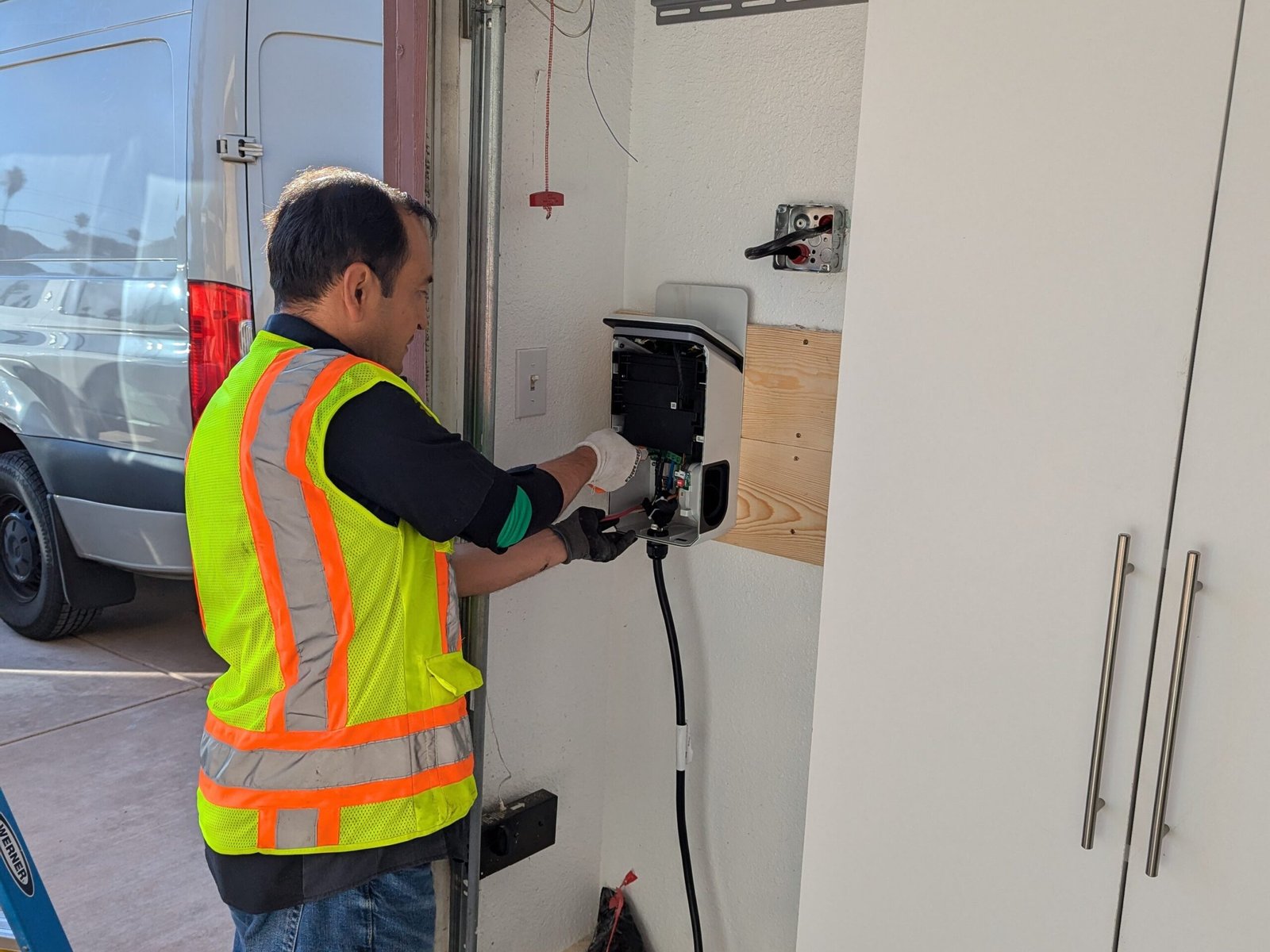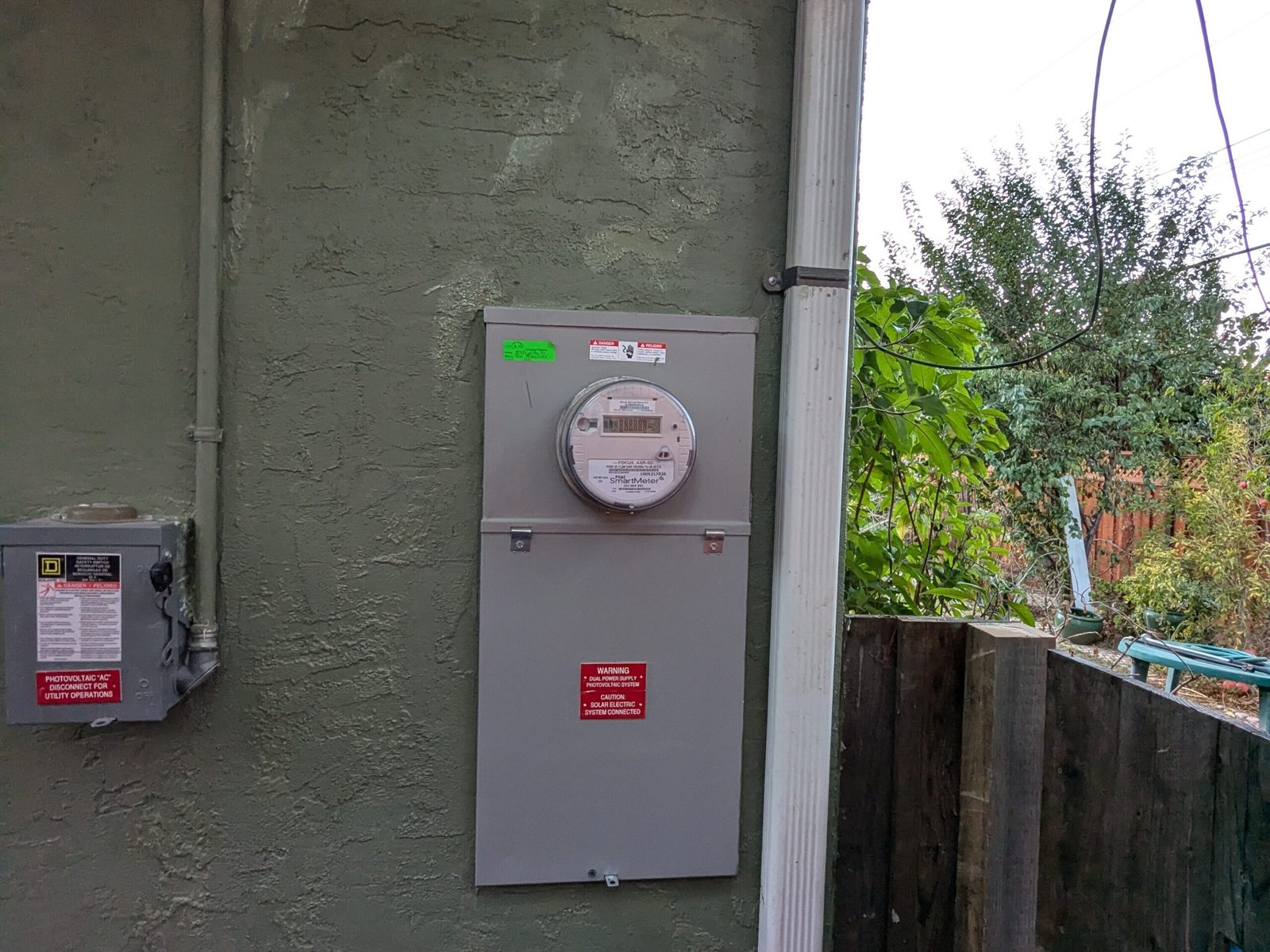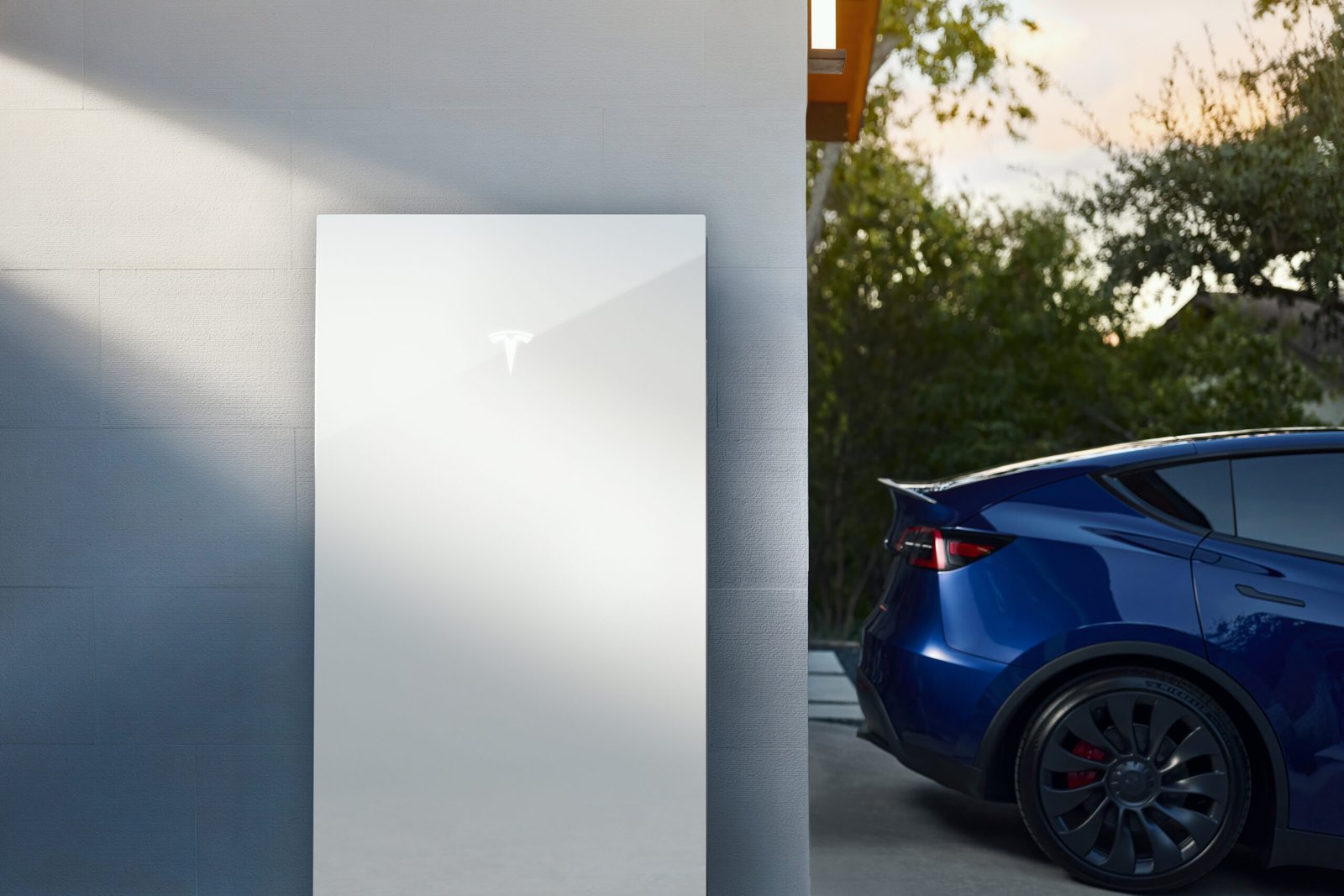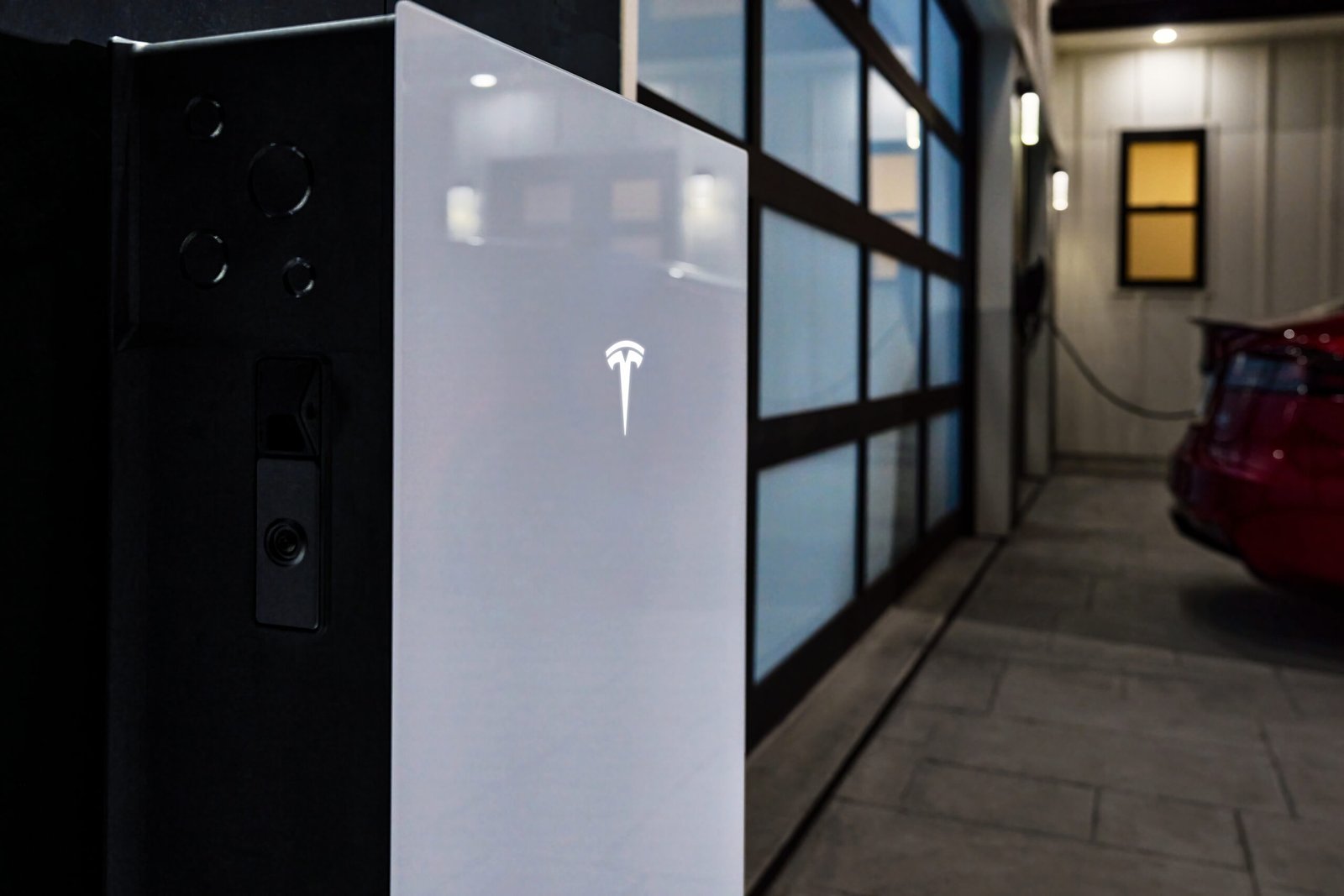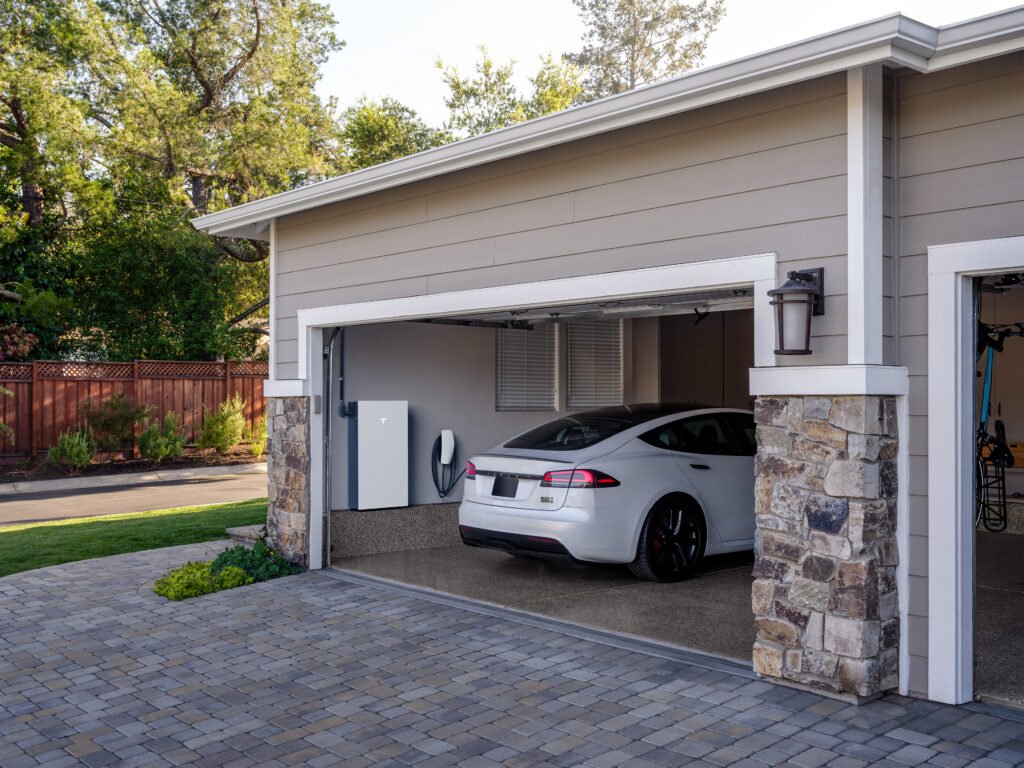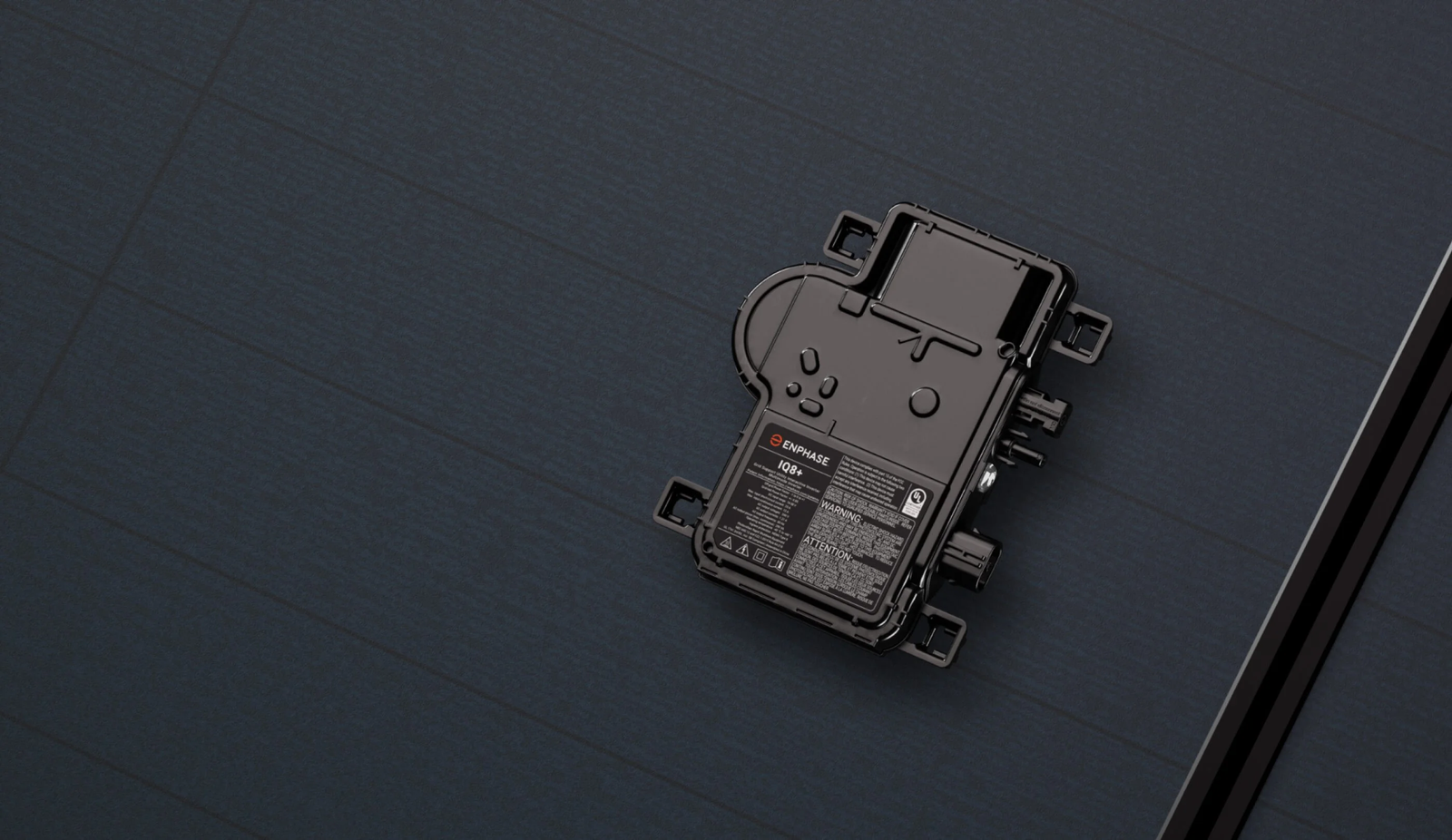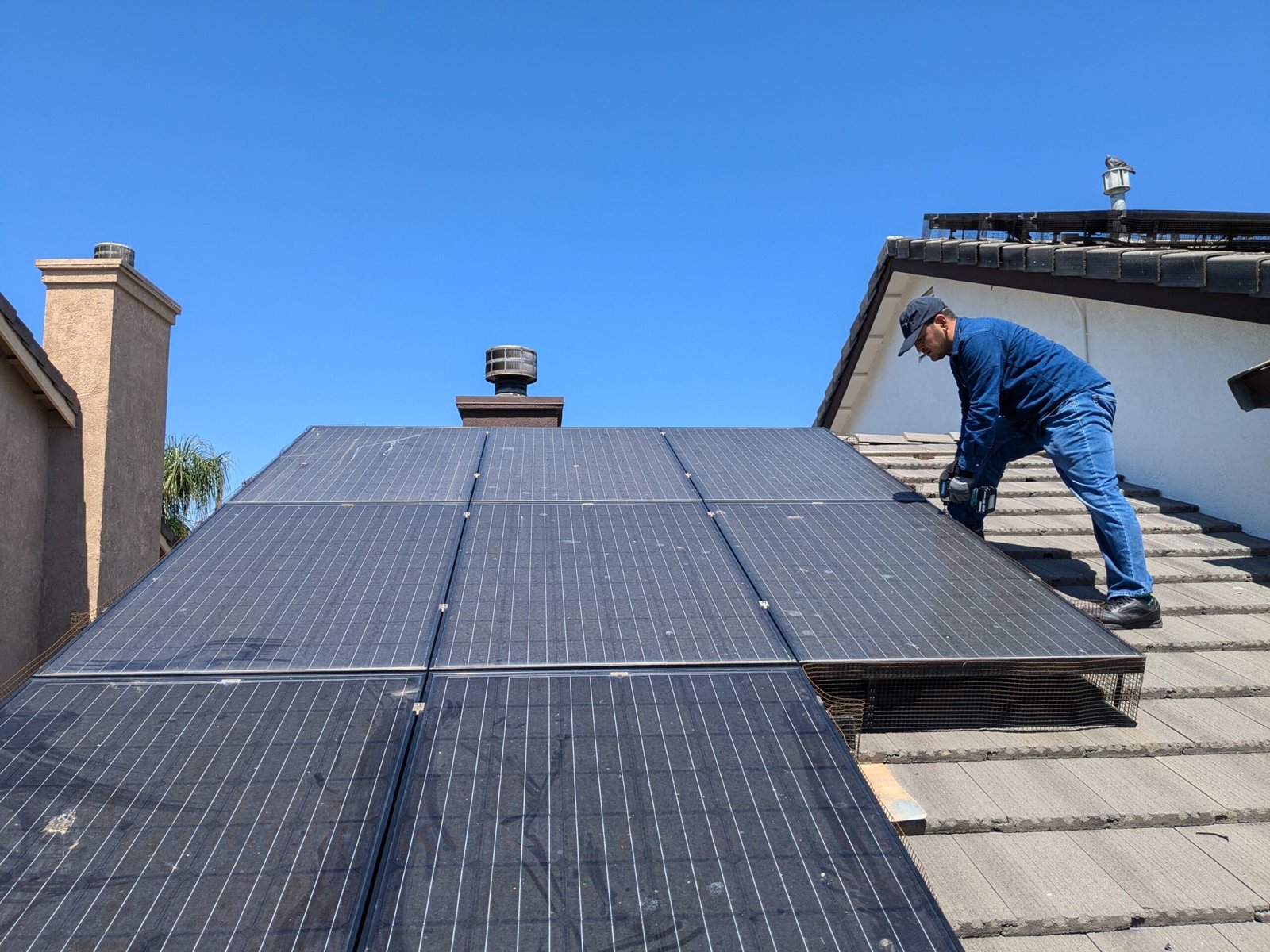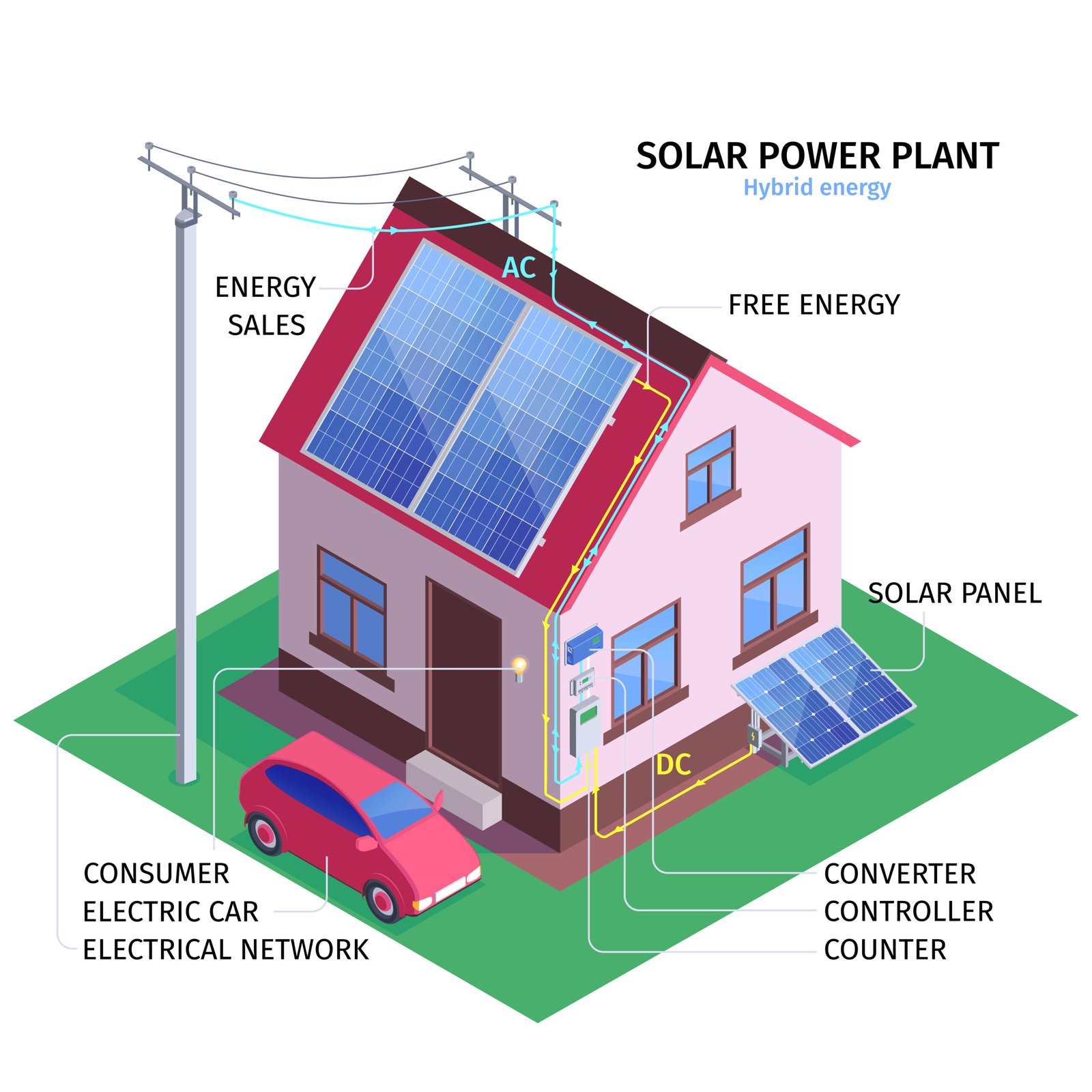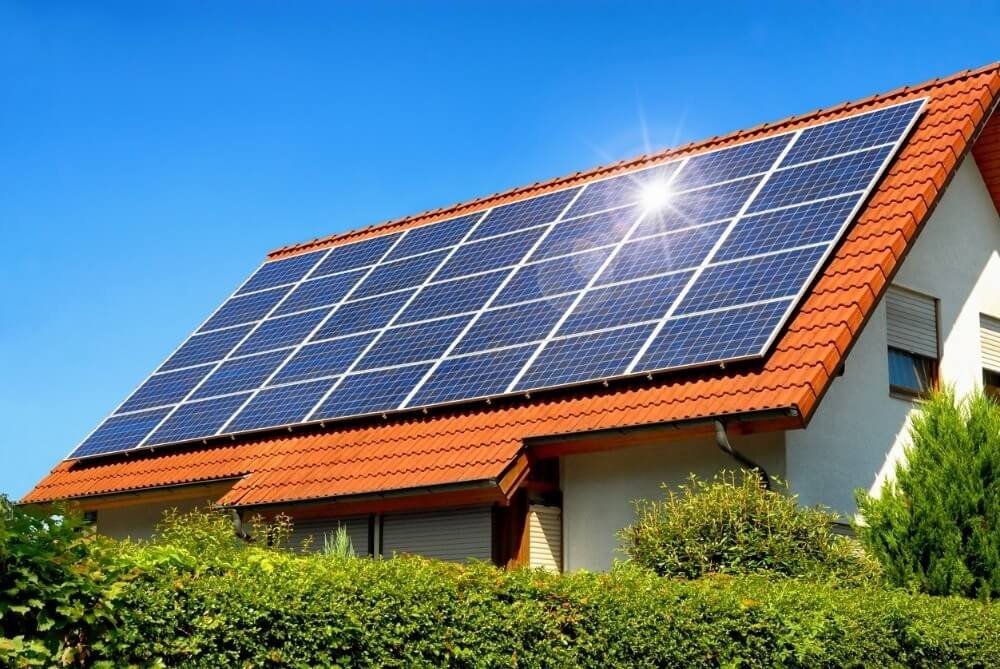Table of Contents
- Wiring and Circuit Design for Solar Systems
- Inverters: Converting DC to AC Power
- Electrical Load Analysis
- Safety Considerations During Installation
- Code Compliance and Permits
- Conclusion
When most people think of solar installations, the first image that comes to mind is a rooftop lined with solar panels soaking up sunlight. However, solar energy systems are more complex than that. Electrical services play a vital role in ensuring that the solar power generated by your panels can be safely and efficiently used in your home or business. This article will break down the electrical components involved in solar installations, offering insights into how they work and why they are critical to the overall system.
1. Wiring and Circuit Design for Solar Systems
The Backbone of Solar Installations
At the heart of every solar energy system is its electrical wiring and circuit design. Once the solar panels capture sunlight and convert it into electricity, that energy needs to be safely transferred from the panels to your home’s electrical system. This is achieved through a network of wires, conduits, and electrical components designed to handle the electricity your solar panels produce.
DC Wiring from the Panels
Solar panels generate direct current (DC) electricity. This means that specialized wiring is required to carry that electricity to an inverter, which converts it to the alternating current (AC) used in your home. High-quality wiring ensures minimal energy loss and provides safety and durability for the system.
AC Circuitry to Your Home’s Electrical Panel
Once the electricity is converted to AC by the inverter, it needs to be routed through your home’s electrical panel. This requires well-designed AC circuitry, ensuring that the electricity is distributed efficiently and safely across all circuits within the home.
2. Inverters: Converting DC to AC Power
The Role of Inverters in Solar Systems
One of the most crucial components in any solar installation is the inverter. Since solar panels produce DC electricity and most household appliances run on AC electricity, the inverter is responsible for making that conversion. There are two main types of inverters used in solar systems:
- String Inverters: Common in residential solar installations, string inverters convert the DC electricity from multiple panels into AC power.
- Microinverters: These are attached to individual panels, converting DC to AC directly at the panel level, often providing higher efficiency and improved performance monitoring.
Smart Inverters for Modern Solar Systems
In recent years, smart inverters have become more popular due to their ability to communicate with the grid and optimize energy production. They also help stabilize the grid by managing voltage and frequency fluctuations, an important feature as more renewable energy systems come online.
3. Electrical Load Analysis
Understanding Your Home’s Electrical Needs
Before a solar installation, it’s crucial to conduct a thorough electrical load analysis. This helps determine how much electricity your home consumes on a daily, monthly, and yearly basis. A well-calculated load analysis ensures that your solar system is sized appropriately, meaning it can generate enough energy to meet your needs without overproducing.
Matching Solar Output to Consumption
The load analysis also helps balance solar output with consumption patterns. This is particularly important for homes that want to maximize self-consumption of solar energy and reduce reliance on the grid. For example, homes with higher daytime energy usage might benefit more from solar systems, especially when combined with battery storage solutions.
4. Safety Considerations During Installation
The Importance of Safety in Solar Electrical Work
Electrical safety is paramount during solar installations. This involves everything from proper grounding of the solar panels to ensuring that the system is protected against surges and short circuits. A poorly installed system can lead to serious risks, including electrical fires or damage to home appliances.
Proper Grounding and Surge Protection
Proper grounding of the solar array is one of the first steps in ensuring safety. This means connecting the system to the earth to prevent electric shock in case of a fault. Surge protection is also necessary to protect both the solar system and the home’s electrical devices from sudden spikes in voltage, such as those caused by lightning strikes.
Disconnect Switches and Rapid Shutdown Devices
To enhance safety, modern solar installations often include disconnect switches and rapid shutdown devices. These are used to de-energize the system quickly in case of an emergency, ensuring that first responders or electricians can work safely around the system.
5. Code Compliance and Permits
Navigating Regulations for Solar Installations
Electrical work for solar installations must comply with national and local electrical codes. In the U.S., this typically means adhering to the National Electrical Code (NEC), which sets standards for electrical safety. These codes ensure that solar systems are designed and installed in a manner that minimizes risks to people and property.
Permit Requirements for Solar Systems
Most jurisdictions require permits before installing a solar energy system. These permits ensure that the installation will meet local building codes and safety standards. The permit process often includes inspections by the local authority to verify compliance with electrical and structural standards.
Working with Certified Installers
Certified solar installers, like those at CalPacific Power Inc., are well-versed in the permit process and will ensure that your system meets all regulatory requirements. This includes coordinating with local authorities to schedule inspections and ensuring that all paperwork is properly filed.
Conclusion
The electrical services involved in solar installations are just as important as the solar panels themselves. From wiring and circuit design to inverters and safety protocols, a well-installed solar system requires expert electrical work. At CalPacific Power Inc., we understand the complexities of solar electrical services and ensure that every installation is done to the highest standards, ensuring efficiency, safety, and compliance with all local and national codes. Whether you’re in San Jose, California, or anywhere else, trust CalPacific Power Inc. for expert installations that prioritize safety and performance while helping you transition to a more sustainable future.
